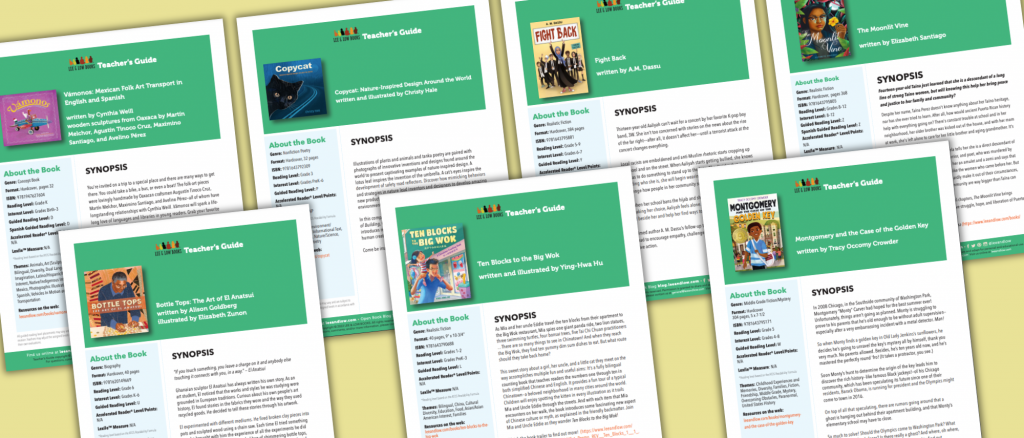Jill Eisenberg, our Resident Literacy Expert, began her career teaching English as a Foreign Language to second through sixth graders in Yilan, Taiwan as a Fulbright Fellow. She went on to become a literacy teacher for third grade in San Jose, CA as a Teach for America corps member. She is certified in Project Glad instruction to promote English language acquisition and academic achievement. In her column she offers teaching and literacy tips for educators.
“Parents are both the most important adults in a young child’s life and the biggest contributors to their future success. But some parents find it difficult to provide adequate care because of the stresses of poverty and other barriers,” says the latest report from The Annie E. Casey Foundation.
Released November 4, “The First Eight Years: Giving Kids a Foundation for Lifetime Success” asserts how strategic interventions and support systems at the statewide and national level can protect, restore, and prevent students, particularly low-income students, from fragile foundations in health and education. Michael Alison Chandler of the Washington Post offers an informative summary.
This report is a powerful reminder of how important our work is and what is at stake. It details the challenges children confront in low-income households and how their environments and experiences have long-term consequences.
 We must engage our students’ families as literacy allies. According to the National Center for Families Learning, children spend 7,800 hours out of school each year compared to 900 hours in school. “The family unit—no matter the composition—is the one constant across the educational spectrum.”
We must engage our students’ families as literacy allies. According to the National Center for Families Learning, children spend 7,800 hours out of school each year compared to 900 hours in school. “The family unit—no matter the composition—is the one constant across the educational spectrum.”
Continue reading →






